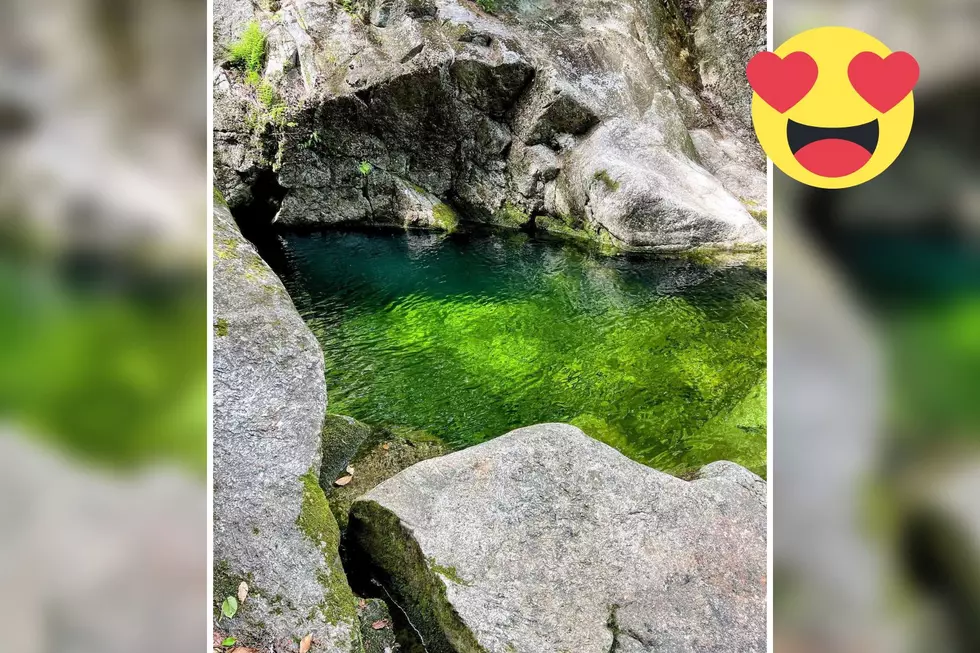
Maine Has an Opioid Problem Because We Were Targeted
More than likely you know someone who has a substance abuse problem here in Maine. The reason will enrage you.
I have been distant from the opioid epidemic that is rampant in Maine. I don't have any close connection to the problem. I think this may have made me more callous to our collective problem. When someone becomes addicted to drugs, it becomes a community problem - not just a 'their' problem.
I have recently started watching the drama miniseries 'Dopesick' on Hulu. It stars Michael Keaton and is the story of how Purdue Pharma made and marketed OxyContin. This is an eight episode mini-series. The first four are available now to watch - here is the schedule for the remaining episodes.
- Episode 5: Wednesday, October 27
- Episode 6: Wednesday, November 3
- Episode 7: Wednesday, November 10
- Episode 8: Wednesday, November 17
This is based on the book, 'Dopesick: Dealers, Doctors and the Drug Company that Addicted America' by Beth Macy, a journalist. What caught my attention is that Purdue Pharma, creating this narcotic for pain, targeted very specific areas to release it back in the mid to late '90s. Kentucky, West Virginia...and
Maine.
Why these areas? Because they are rural, with concentrations of poor and under-educated residents. Plus, they work hard and are often hurt and in pain. The perfect combination to release a strong narcotic that they claimed was 'non-addictive'. In their advertising, they proudly claimed that less than 1% of people became addicted to OxyContin. Nothing could be further from the truth. According to The New Yorker,
Almost immediately after OxyContin’s release, there were signs that people were abusing it in rural areas like Maine and Appalachia. If you ground the pills up and snorted them, or dissolved them in liquid and injected them, you could override the time-release mechanism and deliver a huge narcotic payload all at once. Perversely, users could learn about such methods by reading a warning label that came with each prescription, which said, “Taking broken, chewed or crushed OxyContin tablets could lead to the rapid release and absorption of a potentially toxic dose.” As more and more doctors prescribed OxyContin for an ever-greater range of symptoms, some patients began selling their pills on the black market, where the street price was a dollar a milligram. Doctors who were easily manipulated by their patients—or corrupted by the money in play—set up so-called pill mills, pain clinics that thrived on a wholesale business of issuing OxyContin prescriptions.
Those bastards at Purdue Pharma targeted Maine...and currently, Maine is one of the hardest-hit states in the country for substance abuse stemming from OxyContin. We are breaking records for overdose deaths. Because when you can't get a prescription for this drug, the closest thing to it is heroin.
Purdue Pharmacy and the Sackler family (owners of Purdue) have faced thousands of lawsuits. Their payment for addicting Maine was 20 million dollars. That is nothing for the company that killed thousands and made billions.
This has opened my eyes to what Mainers and the extended ripple effect has gone through and continues to deal with. Please, do yourself a favor and watch 'Dopesick' to understand what you may not have even thought about. This isn't a bunch of druggies, some are simply good people lied to.
Answers to 25 common COVID-19 vaccine questions
25 True Crime Locations: What Do They Look Like Today?
More From 94.3 WCYY









